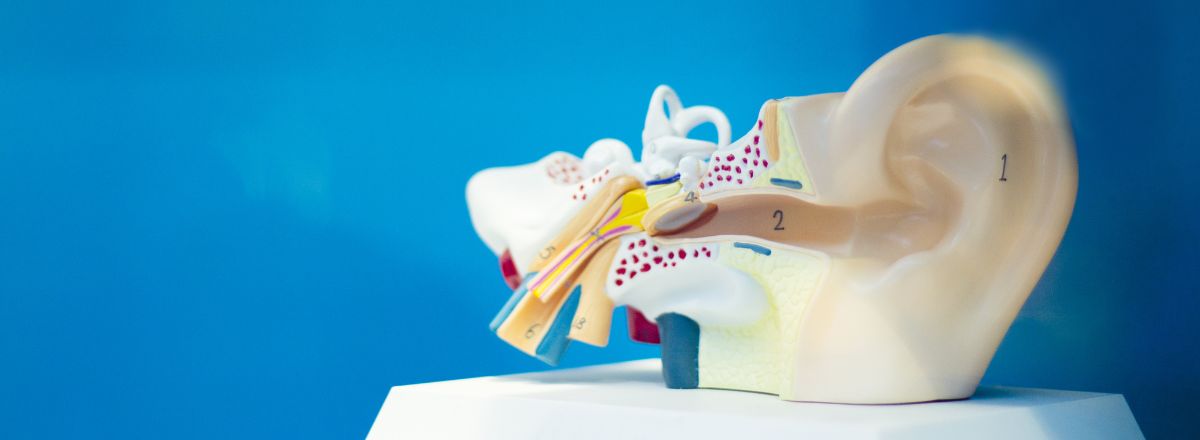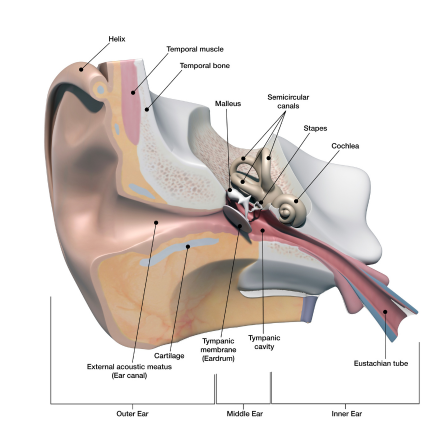Ear Anatomy
How is your ear constructed and how does it facilitate hearing? At ENT, Sinus & Hearing Care Center, we value enlightening our patients. Dive deeper to understand the intricate components of this essential hearing organ...

Understanding Ear Anatomy
Delve into the intricate design of the human ear and explore how this essential organ not only aids in hearing but also plays a vital role in maintaining balance. We’re here to simplify the complex structure of the ear for a better understanding of its significance.
Components of the Ear
Outer Ear
This consists of:
- Pinna (Auricle): The visible part of the ear that captures sound waves.
- External Auditory Canal: A passage leading inwards from the pinna, channeling sound towards the middle ear.
- Tympanic Membrane (Eardrum): A delicate membrane that separates the outer ear from the middle ear and vibrates in response to sound waves.
Middle Ear
This section houses:
- Ossicles: A trio of bones named malleus, incus, and stapes. These amplify and relay sound waves from the eardrum to the inner ear.
- Eustachian Tube: A passage connecting the middle ear to the throat, crucial for balancing the pressure on both sides of the eardrum. It’s coated with a mucous membrane, akin to the lining inside the nose and throat.
Inner Ear
This core part includes:
- Cochlea: A snail-shaped structure containing the primary sensory cells for hearing.
- Vestibule: The central section of the inner ear responsible for balance.
- Semicircular Canals: Tubes filled with fluid which aid in detecting head movement, assisting in maintaining balance.
The Process of Hearing
The journey of sound begins at the outer ear. Sound waves are funneled by the pinna into the external auditory canal, which then causes the eardrum to vibrate. These vibrations journey to the middle ear where they are intensified by the ossicles. Upon reaching the inner ear, the cochlea takes over, transforming these sound waves into electrical signals. These signals are then dispatched to the brain via the auditory nerve, where they are processed and recognized as sound.
If you or someone you know is facing hearing issues or if you have questions related to ear health, don’t hesitate. Reach out to our experienced team at the ENT, Sinus & Hearing Care Center. We’re here to assist.
